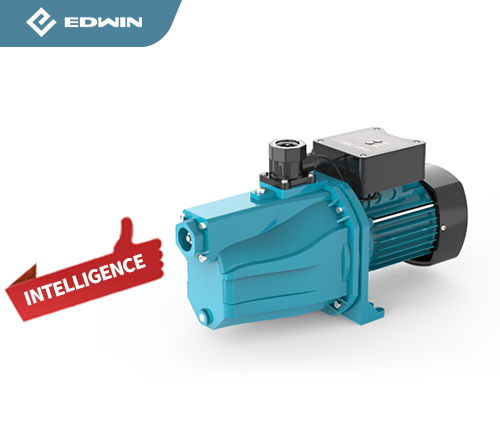Industry News
View All Products
en
When selecting a Stainless Steel Pump, one of the critical decisions you'll make is choosing the right grade of stainless steel: 304 or 316. At glance, they may appear similar—they both offer strength, resistance to oxidation, and a sleek, polished finish. But when it comes to performance in demanding environments, especially those involving corrosive media, the difference between a 304 Stainless Steel Pump and a 316 Stainless Steel Pump can be significant.
This article breaks down the key distinctions between 304 and 316 stainless steel, helping you understand which Stainless Steel Pump is the right choice for your specific application.
Composition: What Sets 304 and 316 Apart
Both 304 and 316 are austenitic stainless steels, meaning they have a high chromium and nickel content, which gives them their corrosion-resistant properties. The primary difference lies in one additional element: molybdenum.
304 Stainless Steel typically contains:
~18% chromium
~8% nickel
316 Stainless Steel contains:
~16% chromium
~10% nickel
2–3% molybdenum
This molybdenum content in 316 significantly enhances its resistance to chlorides, salt water, and harsh chemicals, giving the 316 Stainless Steel Pump a substantial edge in aggressive environments.
Corrosion Resistance: 316 Leads the Way
While a 304 Stainless Steel Pump is more than capable of handling many general-purpose applications, it’s not ideal for high-corrosion settings. In environments where the pump is exposed to chlorinated water, seawater, or acidic compounds, 304 can pit, rust, or fail over time.
In contrast, a 316 Stainless Steel Pump is engineered to thrive in such environments. Whether it's used in marine applications, chemical processing, or food and beverage facilities with aggressive cleaning agents, 316 holds up where 304 simply can't. Its resistance to corrosion makes it the go-to choice when durability and longevity are mission-critical.

Applications: Choosing the Right Stainless Steel Pump
The intended use case often determines whether a 304 or 316 Stainless Steel Pump is more appropriate:
Choose 304 Stainless Steel Pump for:
Clean water supply
HVAC systems
Light-duty industrial applications
Non-corrosive liquid handling
Agricultural irrigation
Choose 316 Stainless Steel Pump for:
Saltwater or brackish water pumping
Chemical processing plants
Pharmaceutical and cosmetic industries
High-saline or chlorinated environments
Food processing where CIP (clean-in-place) systems are used
If your operation involves any form of aggressive fluid, a 316 Stainless Steel Pump is not just a better choice—it’s a necessary one.
Cost Considerations: Is 316 Worth It?
There’s no denying that a 316 Stainless Steel Pump comes with a higher upfront cost—sometimes 20–30% more than its 304 counterpart. But it’s important to view this cost in the context of total ownership. If a 304 pump fails prematurely due to corrosion and needs replacement, the downtime and labor alone can surpass the savings you made initially.
In corrosive or high-risk environments, investing in a 316 Stainless Steel Pump ensures longer service life, fewer maintenance interruptions, and greater operational efficiency.
Durability, Hygiene & Compliance
Both grades offer durability, but 316 has a slight edge in terms of toughness and wear resistance. In industries like pharmaceuticals, food processing, and biotechnology, where hygiene and regulatory compliance are paramount, a 316 Stainless Steel Pump is often required due to its ability to withstand harsh sanitization processes without degrading.
The difference between a 304 and a 316 Stainless Steel Pump isn't just academic—it has real-world consequences for system longevity, safety, and performance. If your application involves corrosive fluids or operates in a harsh environment, the 316 Stainless Steel Pump will pay off in reliability and peace of mind.
However, for general-purpose water or fluid handling where corrosion is minimal, a 304 Stainless Steel Pump offers a strong, cost-effective solution.
In either case, understanding your environment and choosing the correct Stainless Steel Pump grade is essential to ensuring long-term performance and minimizing costly repairs or replacements.
